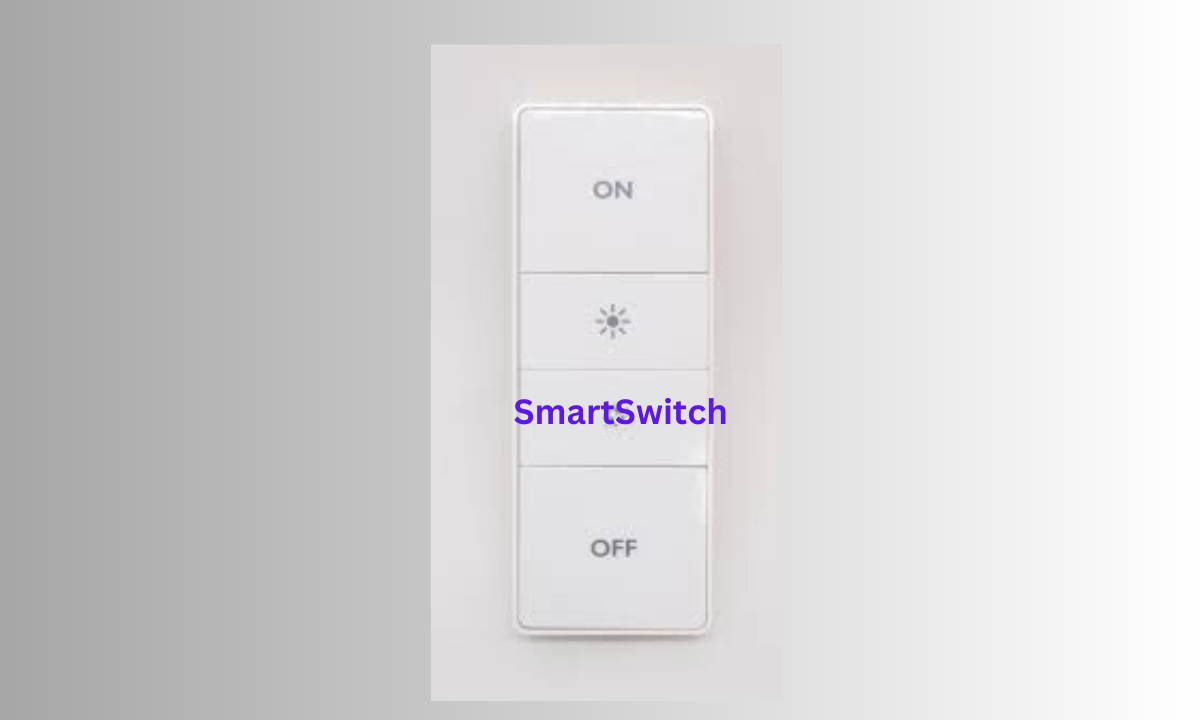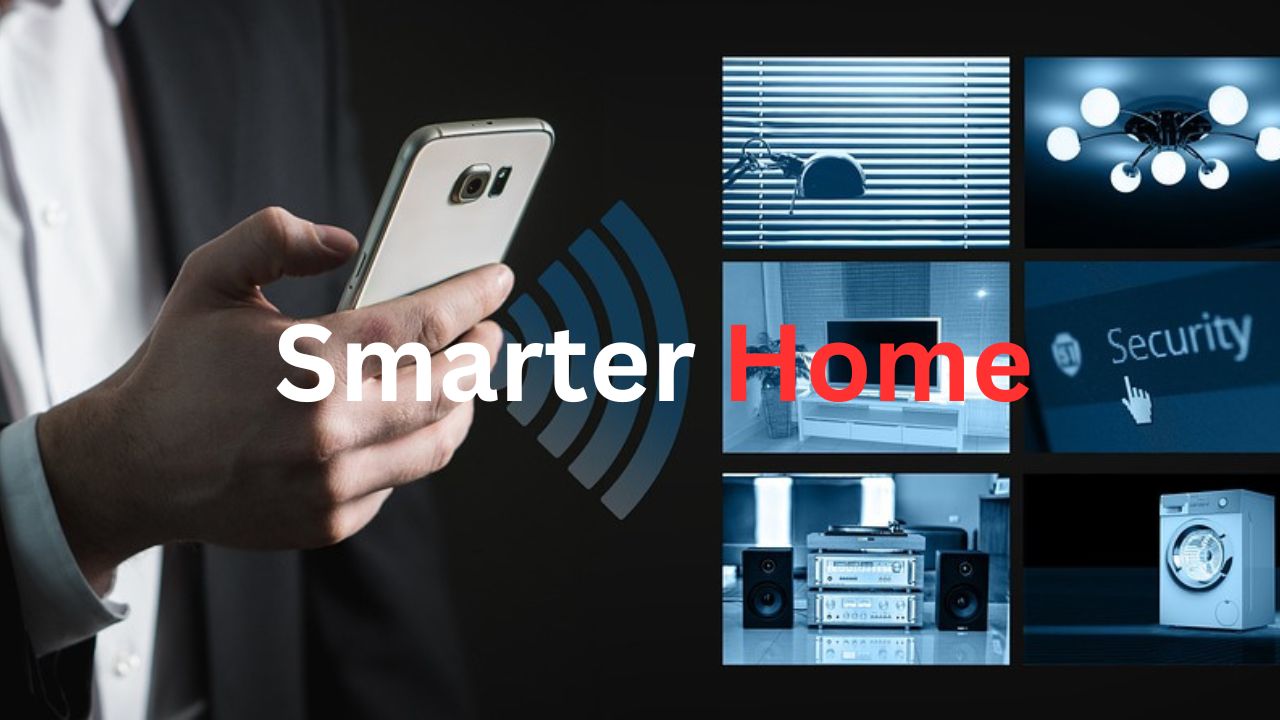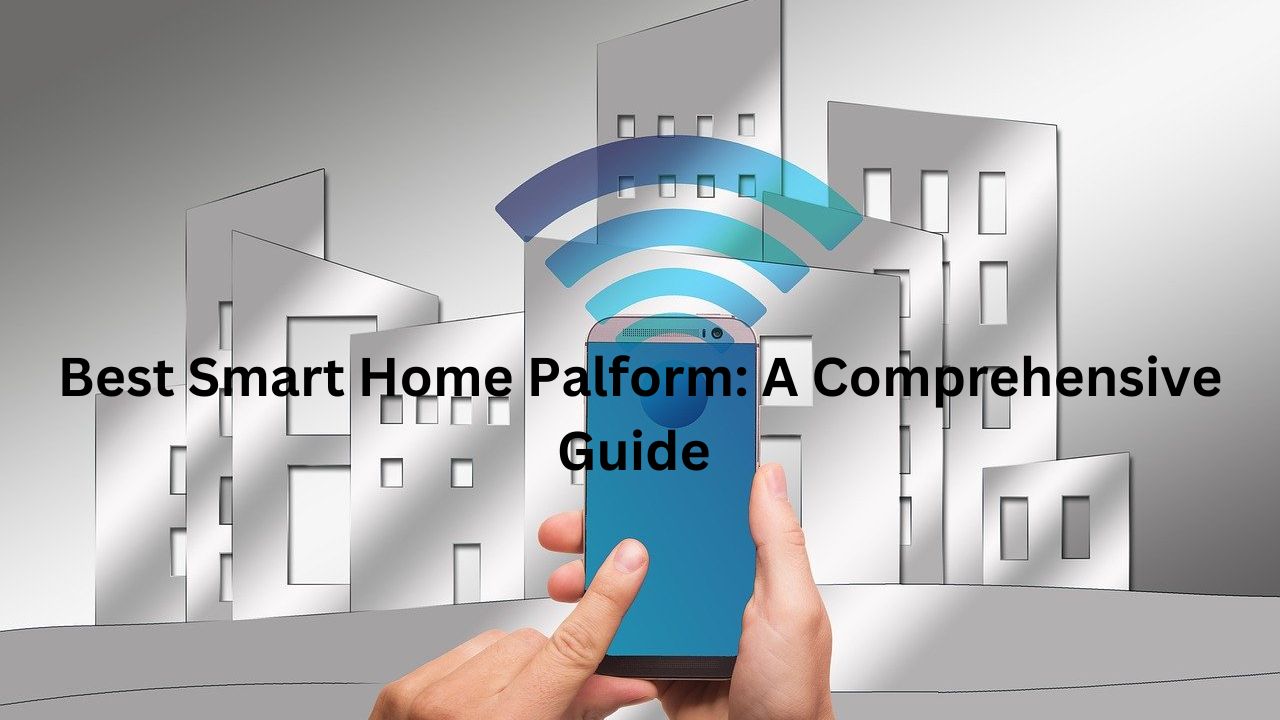In today’s world, smart homes are becoming increasingly popular, and for a good reason. With the advent of smart switches, you can now control your home’s lighting, fans, and other appliances using your smartphone or voice assistants. However, with so many options available in the market, choosing the best smart switches for your home can be a daunting task.
That’s where we come in. In this comprehensive guide, we will take you through everything you need to know about smart switches, including the different types, features, and benefits. We will also provide you with a step-by-step process to help you choose the best smart switches for your home, depending on your needs, preferences, and budget.
So, whether you’re a tech-savvy homeowner or you’re just starting to embrace smart home technology, this guide is for you. Read on to discover how smart switches can transform your home and make your life more comfortable and convenient.
Benefits of Installing Smart Switches
Smart switches come with a plethora of benefits that make them a worthwhile investment for any homeowner. First and foremost, they offer convenience and ease of use. With smart switches, you can control your home’s lighting and appliances from your smartphone or voice assistants like Amazon Alexa or Google Home.
This means you no longer have to get up from your couch to turn off the lights or adjust the thermostat. You can do it all with just a few taps on your phone or a simple voice command.
Smart switches also help you save energy and reduce your utility bills. Most smart switches come with energy-saving features like timers, motion sensors, and dimming options.
These features allow you to automate your home’s lighting and appliances, so they turn off when not in use or when you’re not in the room. This not only saves energy but also extends the lifespan of your devices.
Another benefit of smart switches is the added security they provide. Most smart switches come with features that allow you to schedule your lights to turn on and off at different times, giving the impression that someone is home even when you’re away. This can deter potential burglars and keep your home safe and secure.
Types of Smart Switches
Before you start shopping for smart switches, it’s essential to know the different types available in the market. The most common types of smart switches are:
1. Wi-Fi Smart Switches
Wi-Fi smart switches are the most common type of smart switches available in the market. They connect directly to your home’s Wi-Fi network, allowing you to control your home’s lighting and appliances using your smartphone or voice assistants. Wi-Fi smart switches are easy to install and do not require a hub or any additional hardware.
2. Zigbee Smart Switches
Zigbee smart switches use a wireless protocol called Zigbee to connect to your home’s Wi-Fi network. They require a hub or a bridge to work, which allows them to communicate with other Zigbee-enabled devices in your home. Zigbee smart switches are more reliable than Wi-Fi switches and offer better connectivity.
3. Z-Wave Smart Switches
Z-Wave smart switches use a wireless protocol called Z-Wave to connect to your home’s Wi-Fi network. They also require a hub or a bridge to work, which allows them to communicate with other Z-Wave-enabled devices in your home. Z-Wave smart switches are highly reliable and offer better security than Wi-Fi switches.
Factors to Consider Before Buying Smart Switches
When choosing smart switches for your home, there are several factors you need to consider. These include:
1. Compatibility with Home Automation Systems
Before you buy smart switches, you need to ensure that they are compatible with your home automation system. If you already have a smart home hub like Samsung SmartThings or Apple HomeKit, you need to ensure that the switches you buy can connect to your hub.
This will allow you to control your switches using your hub’s app or voice assistants.
2. Features to Look for in Smart Switches
When choosing smart switches, you need to consider the features they offer. Some of the features to look for include dimming options, motion sensors, timers, and voice control. You also need to ensure that the switches are easy to install and come with a warranty.
3. Budget for Smart Switches
Smart switches come at different price points, depending on the features they offer and the brand. Before you buy smart switches, you need to determine your budget and choose switches that fit within your budget. However, it’s important to note that cheaper switches may not offer the same level of quality and features as more expensive ones.
Compatibility with Home Automation System
One of the most critical factors to consider when buying smart switches is compatibility with your home automation system. If you already have a smart home hub like Samsung SmartThings or Apple HomeKit, you need to ensure that the switches you buy can connect to your hub. This will allow you to control your switches using your hub’s app or voice assistants.
Most smart switches are compatible with popular home automation systems like Amazon Alexa, Google Home, and Apple HomeKit. However, it’s essential to check the manufacturer’s website or product specifications before buying to ensure compatibility.
If you don’t have a smart home hub, you can still buy smart switches that work with your smartphone. Most smart switches come with apps that allow you to control your switches using your phone. However, it’s important to note that having a smart home hub offers more flexibility and control.
Features to Look for in Smart Switches
When choosing smart switches, you need to consider the features they offer. Some of the features to look for include:
1. Dimming Options
Dimming options allow you to adjust the brightness of your lights to your desired level. This is especially useful for creating ambiance or reducing energy consumption.
2. Motion Sensors
Motion sensors allow your lights to turn on automatically when someone enters the room and turn off when no one is in the room. This helps save energy and extends the lifespan of your devices.
3. Timers
Timers allow you to schedule your lights to turn on and off at specific times. This is useful for when you’re away from home or want to create a routine.
4. Voice Control
Voice control allows you to control your switches using voice assistants like Amazon Alexa or Google Home. This is convenient and allows you to control your switches hands-free.
Installation Process of Smart Switches
The installation process of smart switches varies depending on the type and brand of the switch. However, most smart switches come with detailed installation instructions and are easy to install. Here’s a general overview of the installation process:
1. Turn off the Power
The first step when installing smart switches is to turn off the power to the switch you’re replacing. This is essential to prevent electrocution and ensure your safety.
2. Remove the Old Switch
Once you’ve turned off the power, you need to remove the old switch from the wall. This involves removing the faceplate and unscrewing the switch from the wall.
3. Connect the Wires
Once the old switch is removed, you need to connect the wires to the new switch. This involves connecting the neutral wire, ground wire, and load wire to the switch.
4. Install the Switch
Once the wires are connected, you need to install the switch into the wall and screw it in place. You then need to attach the faceplate and turn on the power.
5. Connect to Wi-Fi or Hub
Once the switch is installed, you need to connect it to your home’s Wi-Fi network or hub. This involves following the manufacturer’s instructions and using the switch’s app or voice assistants to connect.
Best Smart Switches for Different Rooms in Your Home
The best smart switches for different rooms in your home depend on your needs and preferences. Here are some of the best smart switches for different rooms:
1. Living Room
The best smart switch for your living room is one that offers dimming options and voice control. Some of the best options include the Philips Hue Dimmer Switch and the Lutron Caseta Wireless Smart Lighting Dimmer Switch.
2. Kitchen
The best smart switch for your kitchen is one that offers hands-free control and timers. Some of the best options include the Wemo Insight Smart Plug and the TP-Link Kasa Smart Wi-Fi Power Strip.
3. Bedroom
The best smart switch for your bedroom is one that offers dimming options and motion sensors. Some of the best options include the Lutron Caseta Wireless Smart Lighting Dimmer Switch and the Leviton Decora Smart Wi-Fi Dimmer.
Popular Smart Switch Brands
There are several smart switch brands available in the market, each with its unique features and benefits. Here’s a comparison of some of the most popular smart switch brands:
1. Philips Hue
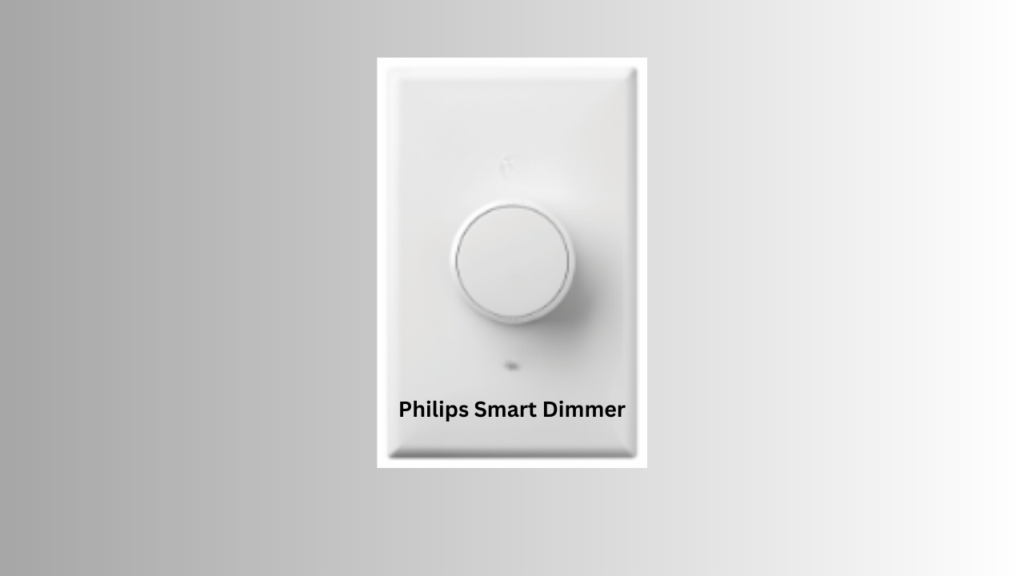
Philips Hue offers a range of smart switches and bulbs that are compatible with popular home automation systems like Amazon Alexa, Google Home, and Apple HomeKit. They offer dimming options, motion sensors, and voice control.

Lutron Caseta offers a range of smart switches and dimmers that are compatible with popular home automation systems like Amazon Alexa, Google Home, and Apple HomeKit. They offer dimming options, motion sensors, and voice control.
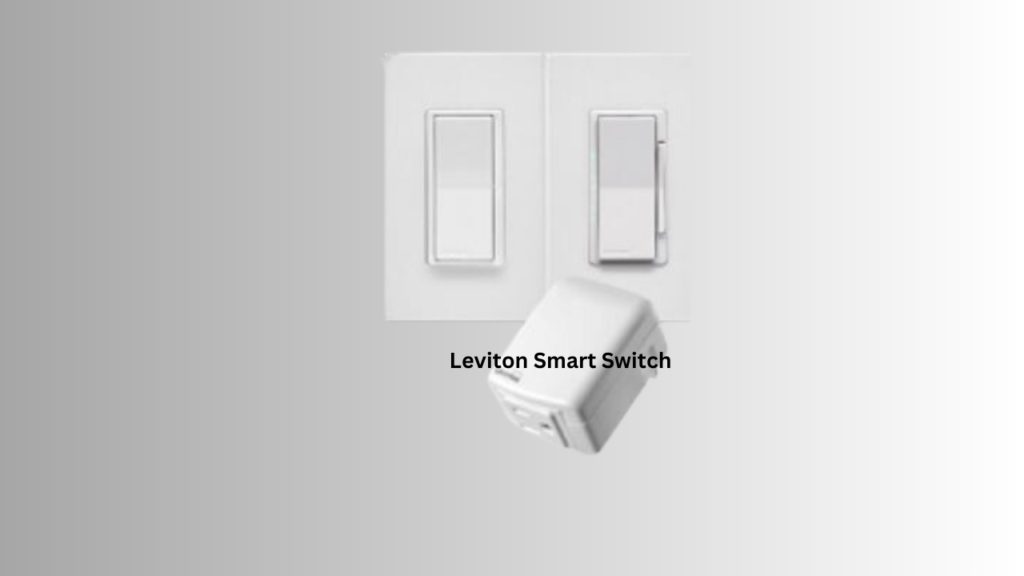
Leviton Decora offers a range of smart switches and dimmers that are compatible with popular home automation systems like Amazon Alexa, Google Home, and Apple HomeKit. They offer dimming options, motion sensors, and voice control.
Maintenance and Troubleshooting of Smart Switches
Smart switches require minimal maintenance, but it’s essential to keep them clean and free from dust and debris. You can clean them using a soft cloth or a mild cleaning solution.
If you experience any issues with your smart switch, the first step is to check the manufacturer’s website or user manual for troubleshooting tips. If the issue persists, you can contact the manufacturer’s customer support for assistance.
Conclusion
Smart switches are a great investment for any homeowner looking to automate their home and make their life more comfortable and convenient. With this comprehensive guide, you now have all the information you need to choose the best smart switches for your home.
Remember to consider the compatibility with your home automation system, the features offered, and your budget when choosing smart switches. With the right smart switches, you can transform your home and enjoy the benefits of a smart home.
For more smart gadgets, visit niraktech.com
